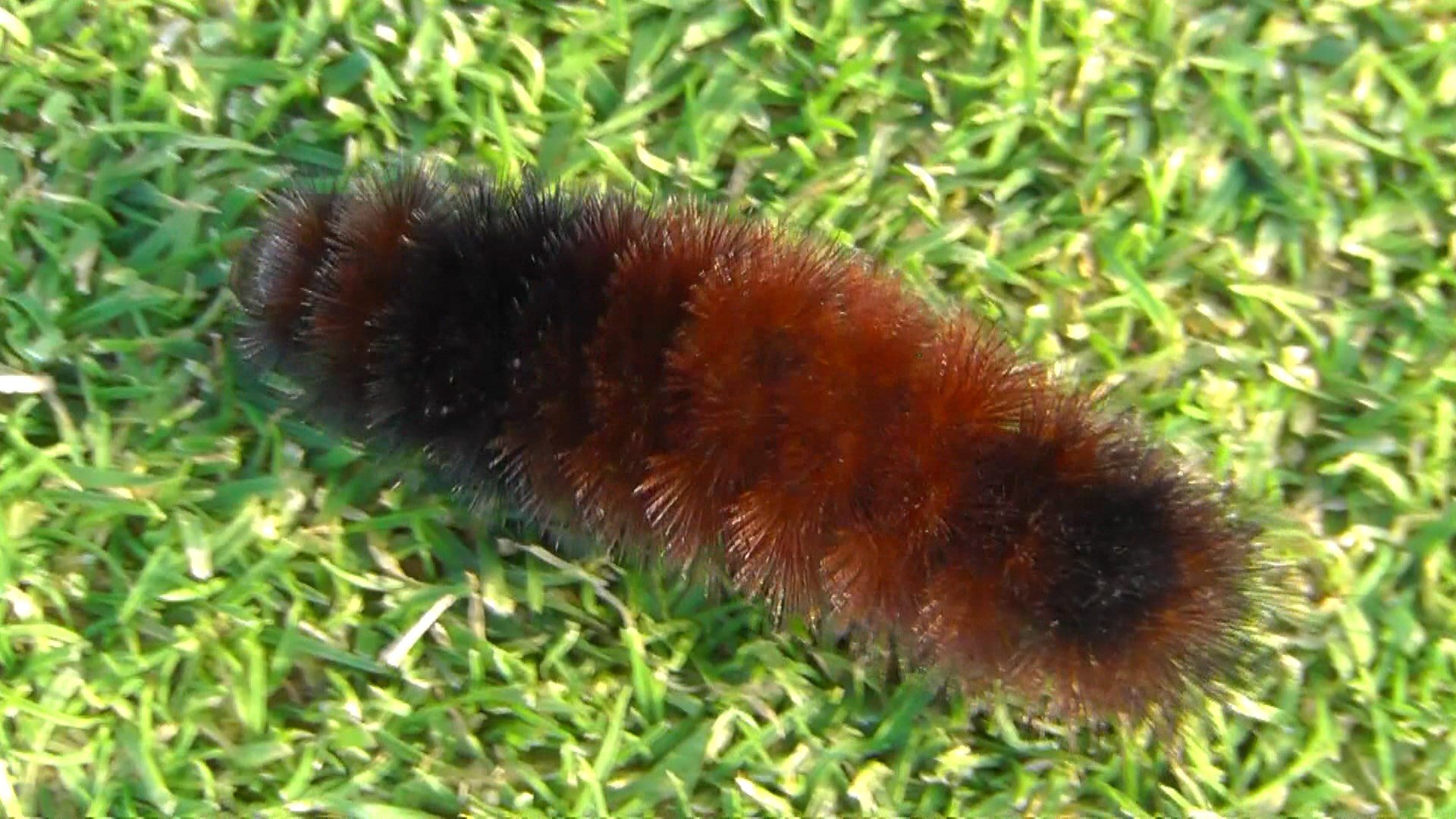
This weather folklore dates back to the American colonial days. The predictive ability of the caterpillars is further fine-tuned by “reading” the 13 segments of the caterpillar’s body which are said to correspond to the 13 weeks of winter. If the dark band is widest at the tail end of the caterpillar, winter will go out like a lion. If the dark band is widest at the head end, the beginning of winter will be severe. Also, the position of the widest dark bands predicts which part of the winter will be the coldest. Giant leopard moth caterpillars are completely black which may provide a good excuse to spend the winter in Florida.Īccording to folklore, the greater the amount of black on a banded woolly bear, the more severe the winter weather. isabella) is the species most often referenced as the “official” predictor of winter weather for one obvious reason it’s banded. Read this from Joe Boggs at The Ohio State University:ĭo Banded Woolly Bears Predict Winter Weather? This all black one is probably a young one, since colors change as they molt to successive stages, becoming less black and more reddish as they age.

Does this indicate a bad or mild winter?Ī: The woolly bear caterpillar is the caterpillar form of one of the tiger moths.

I saw one that was almost red all over, with black at the tip of the head and tail. One of the things I’ve always heard about are the black woolly caterpillars, but don’t know which one means that the winter will be bad. Q: Please help me with folklore predictions of how the weathers will be.


 0 kommentar(er)
0 kommentar(er)
